
Franz Cumont poses in front of the main altar at the Mithraeum of Dura Europos
Yale University
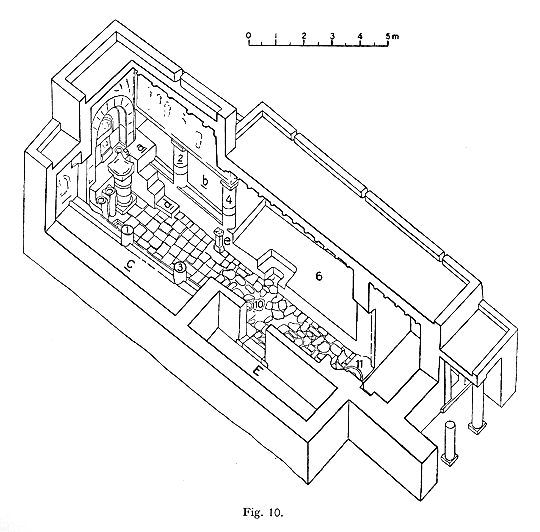
Plano de la primera reconstrucción del Mitreo de Dura-Europos, a partir del 210 d.C.
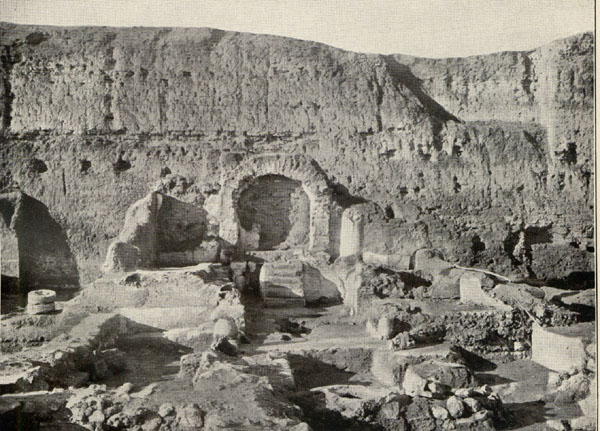
Vista general del emplazamiento del Mitreo de Dura Europos

Plano del primer Mitreo de Dura-Europos (168 d.C.). El santuario estaba limitado a la zona A.




CIMRM 34
Vermaseren's Corpus

CIMRM 34-2
Vermaseren's Corpus

First tauroctony from Dura Europos
CIMRM

First tauroctony from Dura Europos
CIMRM

First tauroctony from Dura Europos
CIMRM

Sol and Mithras sharing a meal, Dura Europos

Detail of fresco Mithras Hunting from Dura Europos

Detail of fresco Mithras Hunting from Dura Europos

Fresque du Mithraeum de Dura Europos. La chasse de Mithra à cheval.
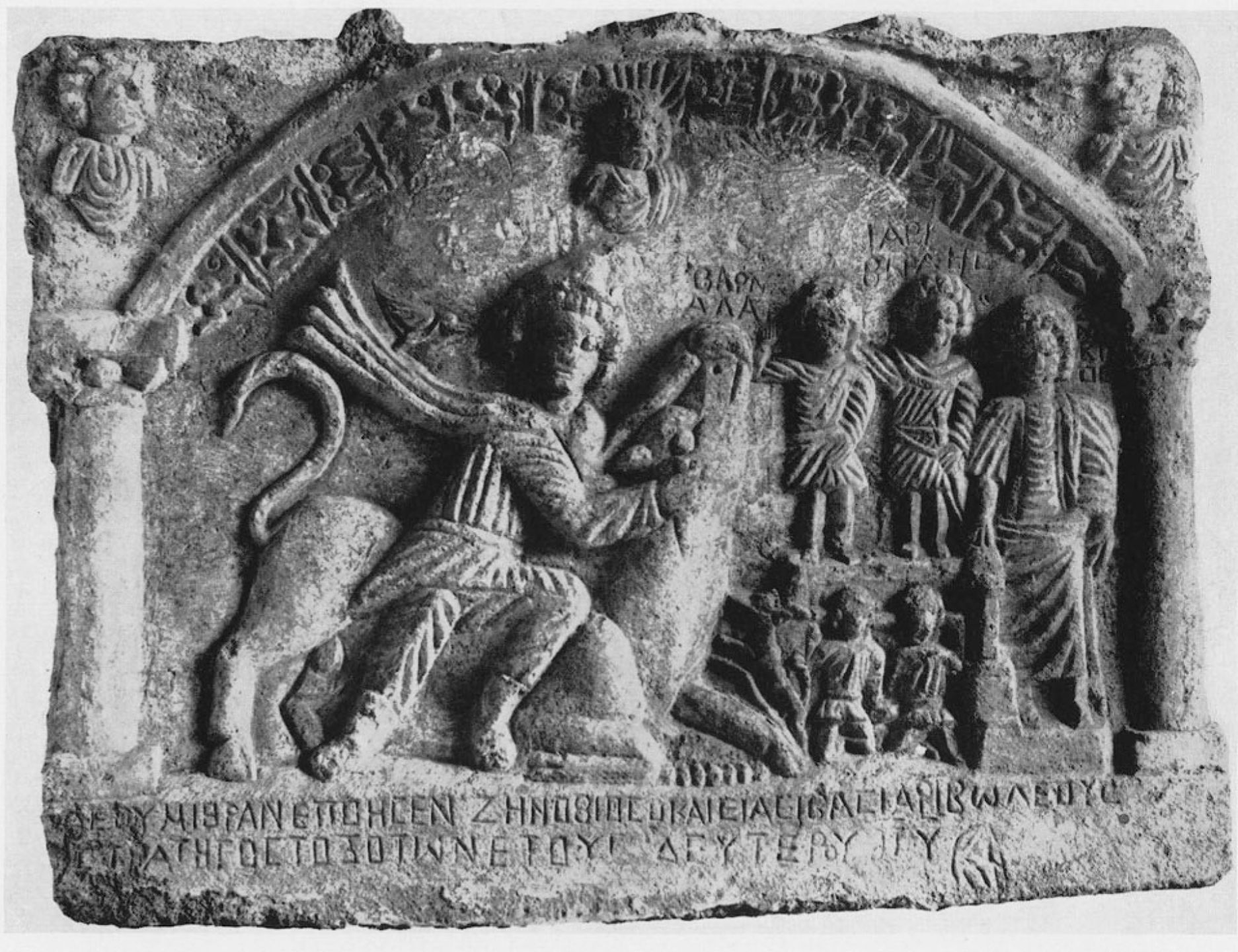
One of the tauroctony reliefs from Dura Europos
CIMRM

Left 'Magi' from Dura Europos
Clark Hopkins
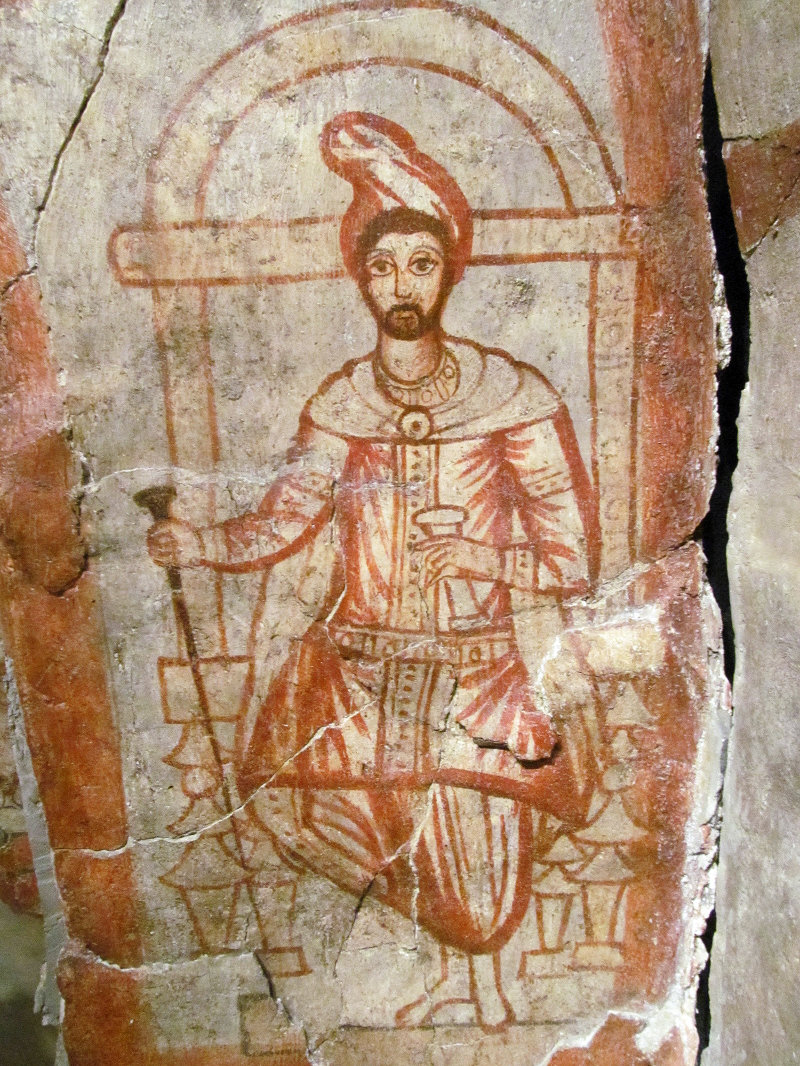
Right 'Magi' from Dura Europos
Clark Hopkins
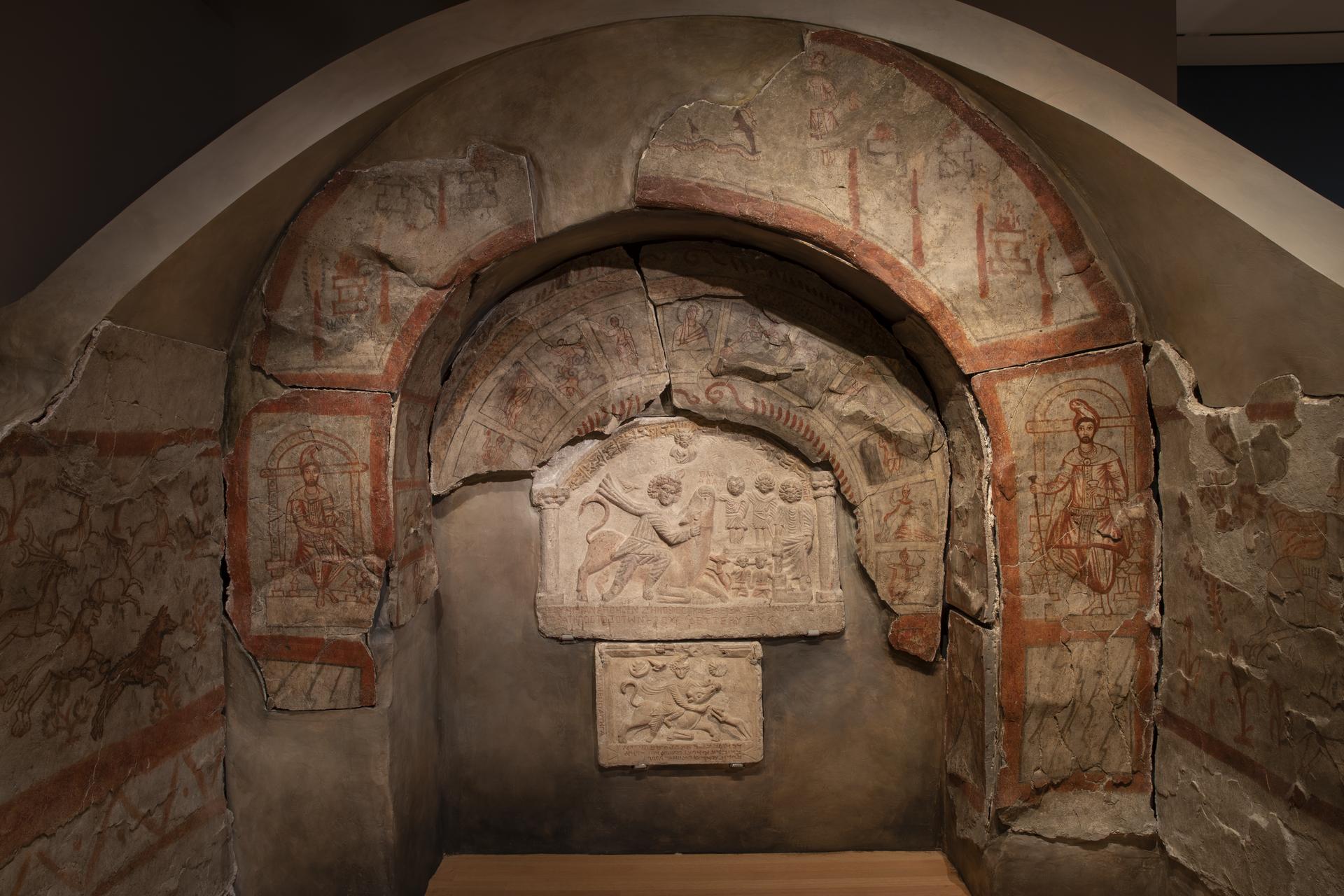
Fresco on top of the main altar of Dura Europos.
Yale University

Inscription from Dura Europos Mithraeum
Dr. Michael J. Fuller

Graffiti of Kamerios in Dura Europos
Yale University Press

Column with inscription Dura Europos
Yale University Press
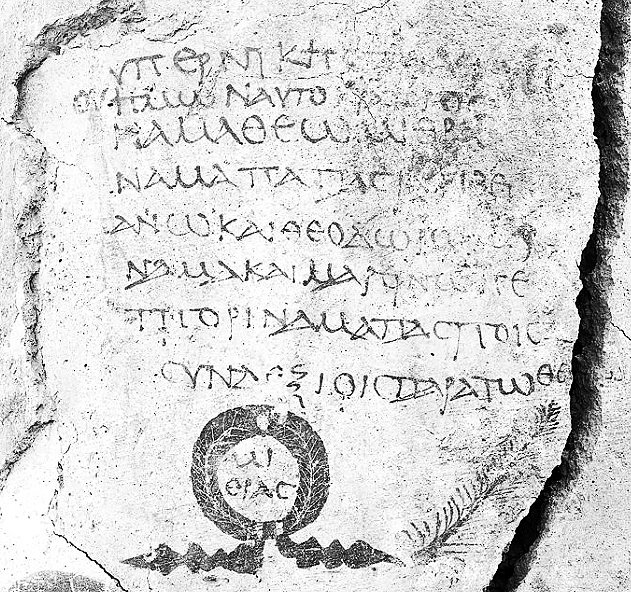
Inscription in column at Dura Europos
Yale University Press

Dipinto to the Lions and Perses from Dura Europos
Yale University

Layout of the main altar of Dura Europos
CIMRM
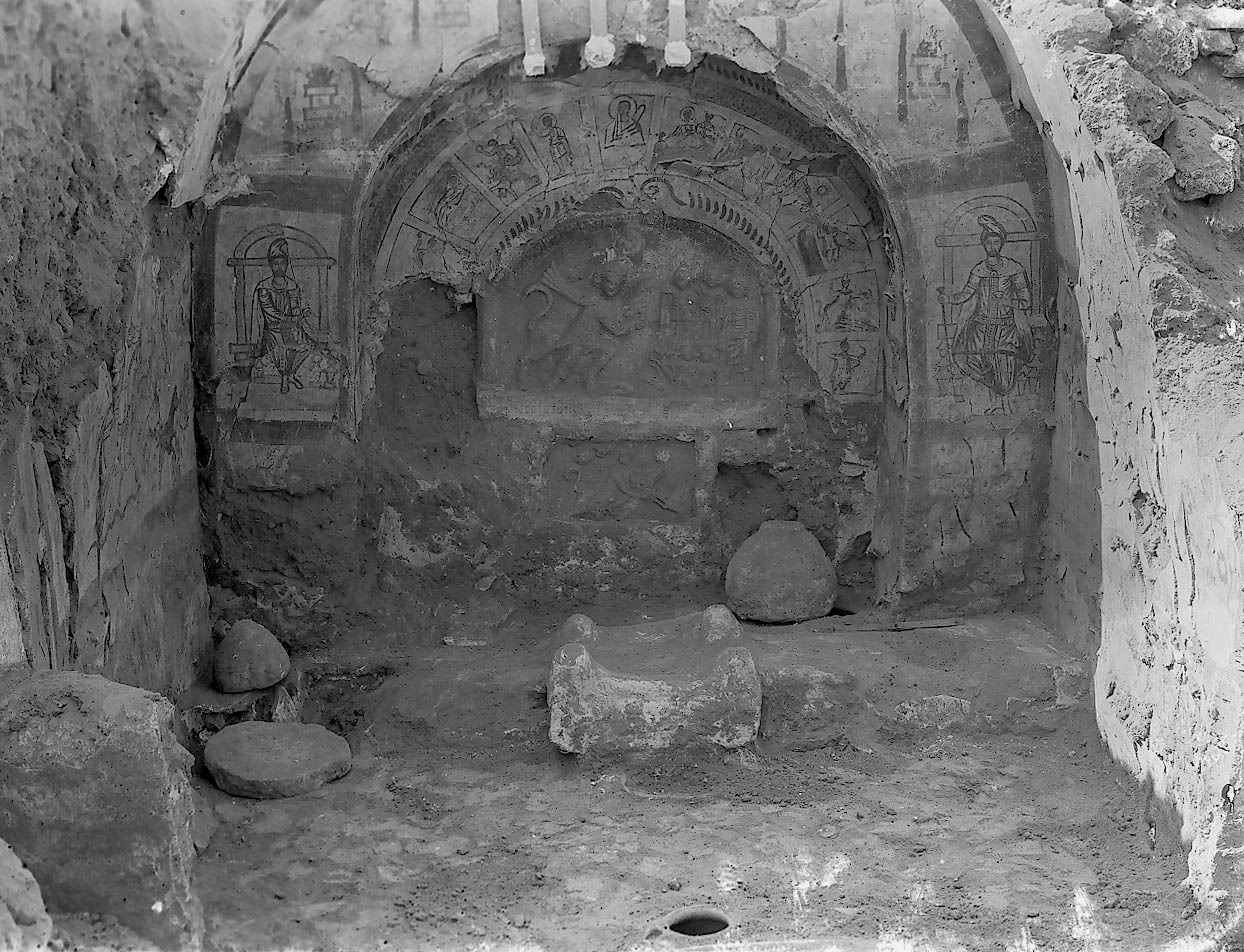
View of the main altar of Dura Europos
Michael J. Fuller

View of the main altar of Dura Europos
Michael J. Fuller

Engraved column by Maximus of Dura Europos
The New Mithraeum / @laurent.bricault (CC BY-SA)

Saturnus from Dura Europos.
CIMRM

Jupiter and giants from Dura Europos
CIMRM

Saturnus from Dura Europos.
CIMRM

Banquet scene, and Cautes and Cautopates from Dura Europos.
CIMRM

CIMRM

Frescos around the main niche of Dura Europos mithraeum.
CIMRM



































